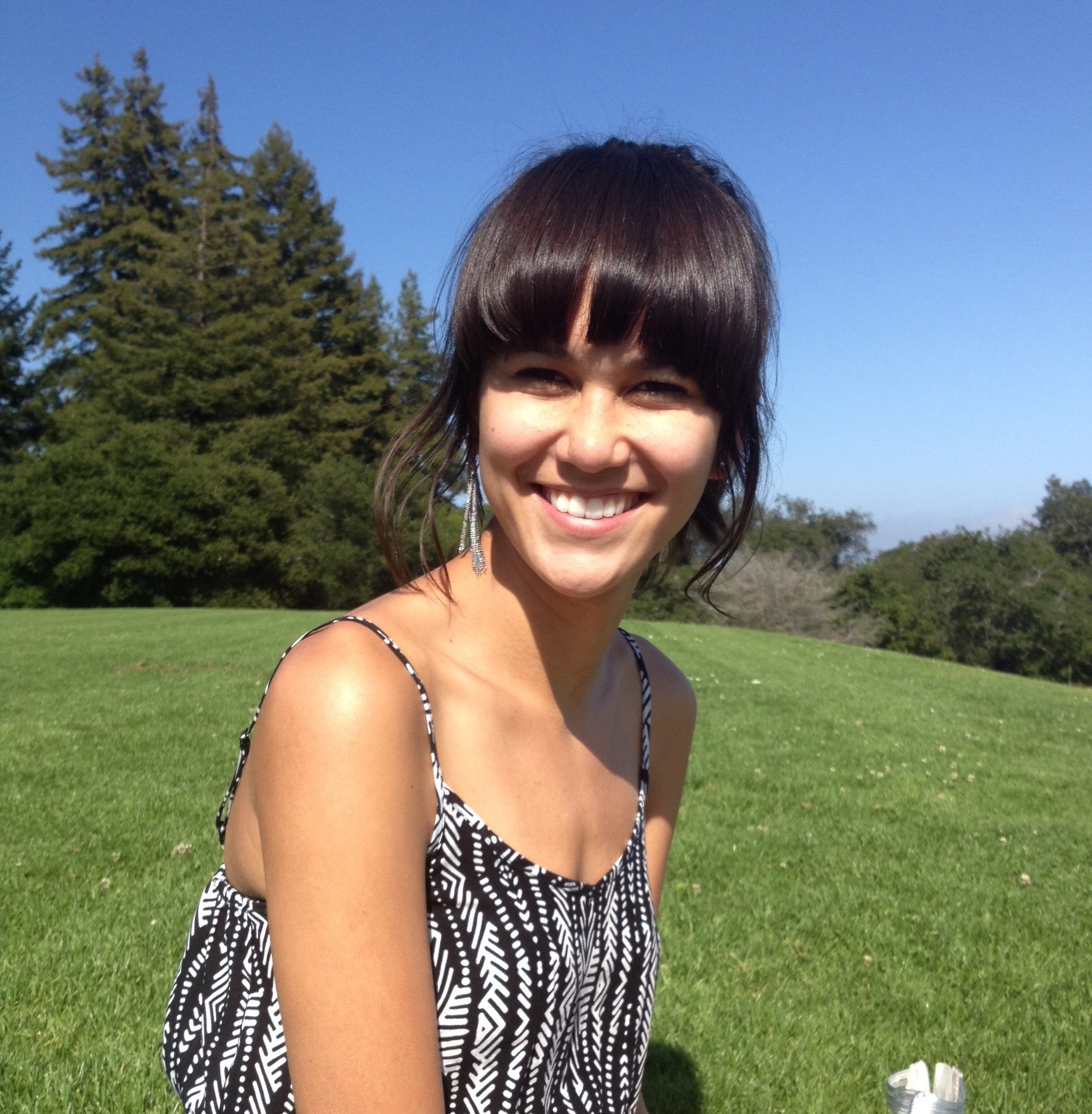In Their Words: Jade MacMillan
Name: Jade MacMillan
Department: Environmental Studies/Earth Science
What Award/ Scholarship did you receive? Keeley Coastal Scholarship
What year do you expect to graduate? Summer 2018
College: Crown
Where do you call home? I have a permanent home in Redding, CA, but I have lived all along the Pacific coast—from Trinidad, California to Bucerías, Nayarit, Mexico.
With all of the choices for college, what made UC Santa Cruz stand out? Family, friends, career and the desire for self-sufficiency had me at a difficult cross-road at the culmination of my high school career —a feeling I’m sure many of my peers can relate to. UC Santa Cruz seemed like the perfect package; just far enough away from home that I could experience independence and grow as an individual, but close enough that I could visit home during most holidays, one of the top research universities in the nation, and a spectacular location-location-location. As a leading research university, there’s plenty of occasion for pomp and circumstance, but the atmosphere at UCSC is uniquely humble, down-to-earth and deliberately inclusive, which I have an immense respect for. I count my blessings that I chose a wooded forest overlooking the ocean over a congested, inner-city urbanscape.
What is your field of focus? I am majoring in Environmental Studies combined with Earth Science!
What do you hope to do once you graduate from UC Santa Cruz? I’m thankful that I have broad interests that are pulling my heartstrings in many directions, but I know some things for sure: I want to preserve and apply the four languages I have learned throughout my life, and I want to make strides in the environmental sciences to create productive, conscientious, sustainable solutions for the problems plaguing our world. I’m currently focused in research in coastal ecology, but I can see myself pursuing other work in the ocean sciences or natural resource management in the future. I strive to attend graduate school after leaving Santa Cruz, however before diving into the world of academia, I want to expose myself to more experiences—through internships or work or post-baccalaureate research opportunities—so I can form a stronger foundation for graduate-level research.
What is one memorable moment that stands out for you as a student here? I experienced some of my favorite “firsts” in my time here at UCSC: voting in my first presidential primary election, climbing to the top of a redwood tree to meet the sunrise, careening down the bike path, and they were all priceless to my university experience.
What is your one piece of advice for incoming students about life at UC Santa Cruz? If there is anything that makes you hyperaware of your fleeting time here, it’s the fast-paced narrative of senior year. I would say, with hopefully minimal cliché, time flies, so spend yours wisely. Take advantage of student-led programming, get a bike and ride it, take time to spend exploring the beach and learning more about local natural history. No one will force you to capitalize on this incredible, unique opportunity to expand your knowledge and capability as a steward of your environment. Take advantage of this time; there won’t be another like it.
How will this scholarship impact your academic life /research? I’ve been excited to embark on this research project since its inception, but my time has been partitioned between the lab and working jobs to make the project possible. Now that I have the support of this scholarship, many more of my project goals are feasible realities because my focus can shift to the academic work itself.
For research awards, please include a one paragraph description of your research written for a general audience. Reconstructing climatic perturbations that affect coastal food webs in the Monterey Bay. My research project objective is to study environmental records stored within the tissues of intertidal mussels that track the baseline ecology of Monterey Bay’s coastal ecosystem to better understand how environmental changes propagate higher up in the food web. The base of the food web is intricately connected to higher trophic level organisms such as cetaceans and pinnipeds. Long- term records help us to understand the differences between natural variability and human-caused changes.
For background, whole tissue stable isotope analysis of carbon and nitrogen are commonly used in ecological studies as “tracers” for food web changes, and isotope analysis of specific amino-acids is a relatively new technique that can more precisely measure the exact isotope value of the source nutrients in a system and the organism’s trophic level—or place within the food web. The periostracum is a tissue that grows in bands on the outer shell of mussels similar anecdotally to the
rings of a tree. By subsampling each “layer” of periostracum tissue, we will reconstruct the biogeochemical changes and trophic dynamics for the entire lifespan of the mussel. California mussels in the Monterey Bay can be as old as ten years—a long enough time frame to observe large-scale climate perturbations such as El Niños. Understanding how these biogeochemical changes transcend into higher trophic-level organisms is critically important as Monterey Bay’s coastal ecosystem continues to be affected by warming waters and ocean acidification. My project hopes to build an understanding of baseline ecology of one of the most biodiverse regions in the world’s ocean, so we can cultivate a more sustainable future for humans and the wildlife that we share this coastal landscape with.
